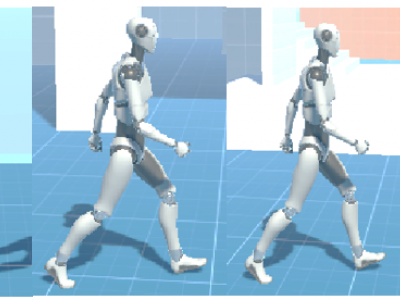*.csv
This dataset contains synthetic smart meter data with simulated cyber attacks, designed to support research in anomaly detection, cybersecurity, and energy consumption analysis. The dataset is based on 159 users from the Smart Meters in London dataset, selected for their regular consumption patterns. This larger dataset can be found in
https://www.kaggle.com/datasets/jeanmidev/smart-meters-in-london,
- Categories:
 437 Views
437 Views
CO2 Emissions Data Visualization Project – I Hug Trees
- Categories:
 84 Views
84 ViewsThis dataset provides a comprehensive record of wind power generation and its relationship with oceanic-atmospheric indices, facilitating advanced forecasting and analytical research in renewable energy. The dataset comprises 12 input parameters, including average wind speed, which serves as a crucial predictor, while wind power generation acts as the output variable.
- Categories:
 160 Views
160 Views
The manual generation of access control policies from an organization’s high-level requirement specifications is a laborious and error-prone process. Mistakes in this manual policy generation process cause access control failures that may lead to data breaches. As a solution, previous research pro- posed automated access control policy generation frameworks. However, existing approaches suffer from several limitations, such as the inability to handle complex access requirements due to the lack of domain adaptation, making them highly unreliable.
- Categories:
 66 Views
66 Views
The attached zip contains both data and analysis scripts for the first two particle-in-cell examples in the associated paper. In particular,
(1) The BeamExpansion folder contains output z vs r phase space data from the quasi-Helmholtz FEMPIC code used in the paper at 3 ns (fempic.csv), as well as the equivalent data from an XOOPIC simulation (xoopic.txt). The analysis is done in the ipython notebook file in the folder. All of the plots in the paper was generated using this same script.
- Categories:
 45 Views
45 ViewsThe recent developments in the field of the Internet of Things (IoT) bring alongside them quite a few advantages. Examples include real-time condition monitoring, remote control and operation and sometimes even remote fault remediation. Still, despite bringing invaluable benefits, IoT-enriched entities inherently suffer from security and privacy issues. This is partially due to the utilization of insecure communication protocols such as the Open Charge Point Protocol (OCPP) 1.6. OCPP 1.6 is an application-layer communication protocol used for managing electric vehicle chargers.
- Categories:
 649 Views
649 Views
Legal analysis utilizing natural language processing and machine learning technologies is a difficult undertaking that has recently sparked the interest of many academics and industries. Using a human-annotated dataset summarized into colloquial Thai from Supreme Court decisions, this work investigates a different combination of NLP, ML, and rule-based techniques for accurate legal case analysis as per Thai law, especially property-related offences, with the intuition to imitate the lawyer's cognitive process.
- Categories:
 21 Views
21 Views
We curated and release a real-world medical clinical dataset, namely MedCD, in the context of building generative artificial intelligence (AI) applications in the clinical setting. The MedCD dataset is one of the accomplishments from our longitudinal applied AI research and deployment in a tertiary care hospital in China. First, the dataset is real and comprehensive, in that it was sourced from real-world electronic health records (EHRs), clinical notes, lab examination reports and more.
- Categories:
 235 Views
235 Views
Race track dataset for a mobile fun racer. Used for the evaluation of a not yet published journal paper. Specific reference will be added here once the paper has been accepted and published.
- Categories:
 38 Views
38 Views

